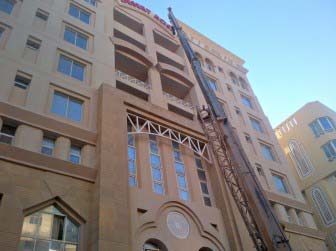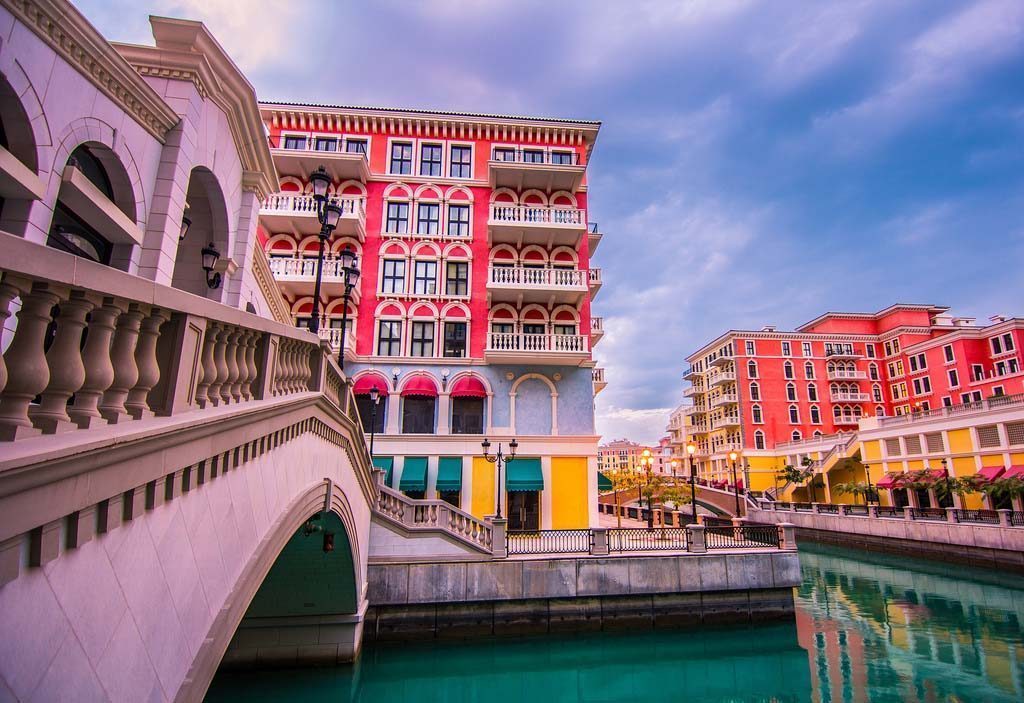
Following the exodus of thousands of oil and gas workers from Qatar, some landlords have been struggling to fill high-end apartments and villas in the West Bay area and the Pearl-Qatar, a local real estate services firm has said.
Rent prices haven’t gone down in these areas, but to entice prospective tenants, incentives such as a month’s free rent are now being offered, DTZ Qatar added.
After climbing for years, premium properties’ rental rates have remained largely flat in recent months even as heavy demand continues to push up rates for mid-range accommodations, according to DTZ research.

Johnny Archer, the firm’s associate director of consulting and research, said rents in the West Bay and Pearl area currently range from an average of between QR12,000 and QR12,500 a month for a one-bedroom unit to between QR17,000 and QR20,000 a month for a three-bedroom flats.
Vacancy rates have started to creep up to between 5 and 10 percent in the Pearl among units approved for occupancy as expats working in the energy sector return home and employers downsize their portfolios of staff accommodation, Archer said. However, he said the trend likely won’t last.
“It’s probably going to be short-lived,” he told reporters during a press conference today to release DTZ’s latest quarterly market report. “While there have been (layoffs), the population is still growing and we expect to see occupancy keep growing.”

The forecast was echoed by one of Qatar’s major luxury landlords today, who said demand for high-end residential properties remains healthy.
Speaking at a separate press conference this morning, Alfardan Properties general manager Mohamed Sleiman said expansion in the construction, health care and transportation sectors have offset declines in the oil and gas industry.
“There is still strong demand and, going forward, there will be a lot of growth. We expect to maintain high occupancy levels in our properties,” he said, estimating that more than 99 percent of Alfardan’s 1,000 units were occupied.
However, he said that the last two years of rampant rent increases would soon slow down.
“While there is still strong demand (for properties), prices have stabilized at this (current) level,” he said. “In the luxury sector, rent levels are peaking.”
Mid-range market
Meanwhile, there appears to be little short-term relief for tenants living in mid-range, centrally located neighborhoods such as Al Sadd, Bin Mahmoud and Al Waab, all of which remain in heavy demand from new and existing residents.

Archer said rents have increased by 3 to 5 percent over the last year in these areas, averaging QR8,000 to QR10,000 a month for a two-bedroom unit and QR12,000 to QR14,000 a month for a three-bedroom unit.
“Occupancy levels have remained very high and there is a need to develop more affordable housing,” Archer said. “A lot of the population of Qatar (fits) in that bracket.”
Some real estate observers have suggested that the solution could be giving developers subsidies to build affordable housing.
Archer said another option would be for the government to construct mid-range accommodation around Doha Metro stations once construction is complete.

However, he acknowledged that more money could be made with other types of buildings, such as mixed-use developments proposed by some.
Within the private sector, Archer said many builders feel the need to construct premium properties that command high rents in order to cover the currently high costs of land.
Still, he noted that some builders realize that the mid-range market is currently undersupplied and that they’re more likely to maintain high occupancy levels if they build more affordable homes.
However, that’s generally an option only available to developers who purchased vacant land in and around Doha when prices were lower, or those who are eyeing projects outside Qatar’s capital.
Outside the city
Archer said that tenants have so far flocked to new homes constructed in areas such as Al Wakrah and Barwa Village.

He predicted that more people will continue to choose to live outside central Doha as the country’s transportation network improves and more amenities, such as schools and hospitals, are constructed.
Developing land on the city’s periphery is also part of Alfardan’s plans.
Muhibullah Mani, the company’s chief operating officer, told Doha News that the company had land banks outside of Doha, and is planning on potentially developing these into luxury residential sites in the future, if demand exists.
“We have a stream of developments outside of Doha. We have land banks already and are looking at sites. We do have plans to develop outside of Doha,” Mani added, although declined to elaborate on what the plans are and where the land is located.
While areas such as Al Wakrah have started to see significant development in recent years, particularly with low-to-mid range residential complexes, nearly all luxury rental properties have so far been located in Doha.
However, property owners and developers are likely hopeful that as construction on Lusail City continues, and includes luxury retail and entertainment facilities such as Place Vendôme, demand for high-end housing there increases.
Thoughts?







